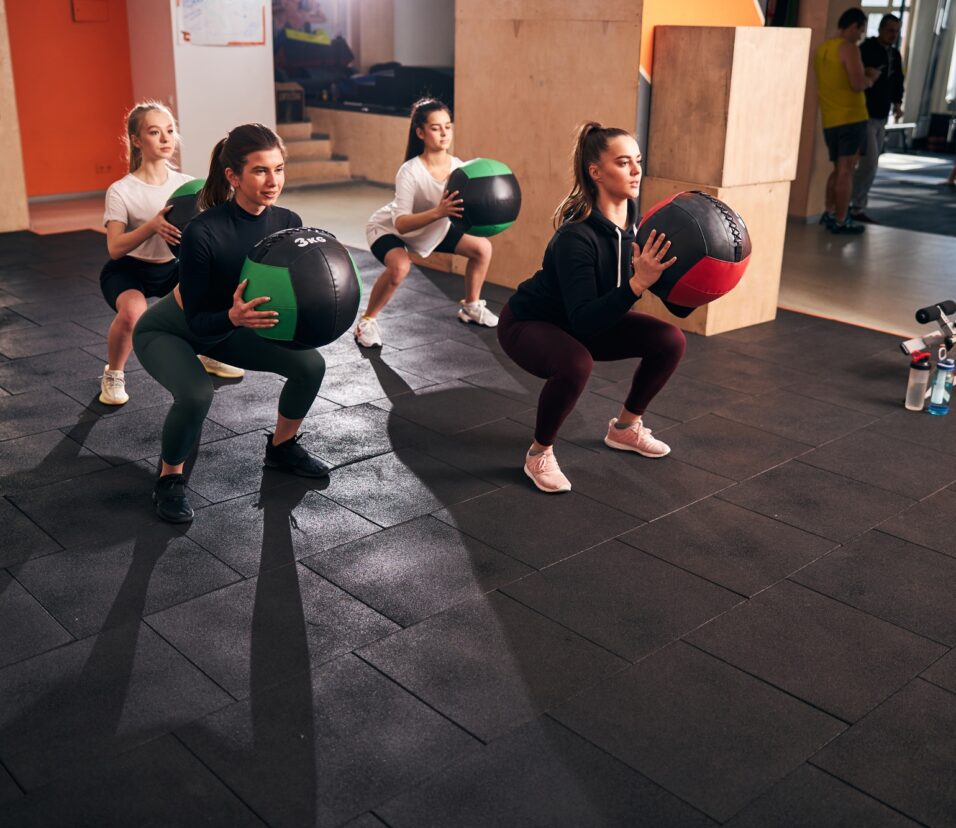🌿 Sustainable Fitness: Eco-Friendly Active Lifestyle Choices
🌟 Introduction: What is Sustainable Fitness?
In a world where environmental concerns are growing, more people are looking to align their lifestyle choices with eco-conscious values. Fitness doesn’t have to be an exception. Sustainable fitness is about staying active while minimizing your impact on the environment.
It involves making choices about workout gear, transportation, diet, and activities that benefit your health and the planet. Whether you’re a gym-goer, an outdoor enthusiast, or a home workout lover, there are countless ways to adopt eco-friendly practices in your active lifestyle.
In this guide, you’ll learn:
- Why sustainable fitness matters
- Eco-friendly workouts and activities
- Green alternatives for gyms and home workouts
- Sustainable nutrition and hydration
- Tips for a low-impact active lifestyle
🌱 1. Why Sustainable Fitness Matters
🔹 1.1 Protects the Environment
Traditional fitness practices can have hidden environmental costs—plastic water bottles, synthetic workout clothing, and high-energy gyms all contribute to carbon emissions. Sustainable fitness reduces your ecological footprint.
🔹 1.2 Promotes Long-Term Health
Eco-friendly choices often involve whole foods, outdoor activities, and natural movements, which improve physical and mental health.
🔹 1.3 Encourages Mindful Living
Making green choices in fitness promotes awareness of the planet and teaches conscious consumption—values that can extend beyond workouts.
🏃♀️ 2. Eco-Friendly Workouts & Activities
🔹 2.1 Outdoor Workouts
- Hiking, jogging, or cycling in nature reduces reliance on energy-consuming gyms.
- Beach or park workouts utilize natural terrain and fresh air.
🔹 2.2 Bodyweight Training
- Push-ups, squats, lunges, and planks require no equipment, saving energy and resources.
🔹 2.3 Group Outdoor Classes
- Yoga or fitness classes in parks eliminate the need for electricity-intensive gyms and foster community.
🔹 2.4 Low-Impact Sports
- Swimming, rowing, and paddleboarding are gentle on the joints and often performed in natural settings, minimizing energy usage.
🧘 3. Sustainable Home & Gym Practices
🔹 3.1 Choose Eco-Friendly Fitness Gear
- Clothing: Organic cotton, bamboo, or recycled fabrics.
- Shoes: Sustainable brands with recycled soles.
- Equipment: Wooden or recycled resistance tools instead of plastic-heavy gear.
🔹 3.2 Reduce Energy Use at Home
- Work out during daylight to reduce lighting needs.
- Turn off unnecessary electronics during sessions.
- Use manual resistance tools like bands instead of electric machines.
🔹 3.3 Choose Green Gyms
- Some gyms use solar panels, energy-efficient lighting, and eco-conscious equipment.
- Supporting green businesses encourages sustainable industry practices.
🥗 4. Eco-Friendly Nutrition for Active Lifestyles
🔹 4.1 Plant-Based or Flexitarian Diets
- Incorporate more plant-based meals to reduce your carbon footprint.
- Legumes, grains, vegetables, and fruits provide energy and protein for workouts.
🔹 4.2 Local and Seasonal Foods
- Buying local produce reduces transport emissions.
- Seasonal foods often contain more nutrients and flavor.
🔹 4.3 Minimize Single-Use Plastics
- Use reusable water bottles, containers, and straws.
- Avoid individually packaged snacks whenever possible.
🔹 4.4 Sustainable Supplements
- Choose brands with responsible sourcing, recyclable packaging, and minimal processing.
🚴♀️ 5. Eco-Friendly Transportation for Fitness
- Walking or cycling to the gym, park, or local activities reduces carbon emissions.
- Carpooling to group classes or sports events saves fuel.
- Public transport + active commuting (walking or biking) supports both fitness and the environment.
💡 6. Tips for a Low-Impact Active Lifestyle
- Recycle old gear – donate or recycle clothes, shoes, and equipment.
- Repair instead of replace – extend the life of your fitness items.
- Support sustainable brands – purchase from companies with eco-certifications.
- Track your carbon footprint – apps can help you monitor energy use and adjust choices.
- Practice mindful consumption – fewer but higher-quality purchases are better for the planet.
📱 7. Apps & Resources for Sustainable Fitness
- Strava – track outdoor activities while connecting with eco-conscious communities.
- AllTrails – find local hiking, biking, and walking trails.
- Good On You – check the sustainability of clothing brands.
- MyFitnessPal – log nutrition with plant-based focus.
🧠 8. Mindset: Fitness and Environmental Awareness
Sustainable fitness isn’t just about physical activity—it’s a holistic approach to living responsibly. By considering the environmental impact of your workouts, meals, and gear, you teach your body and mind to value health, longevity, and the planet.
- Focus on quality over quantity—fewer resources, more meaningful movement.
- Encourage family and friends to join eco-conscious activities.
- Combine fun, fitness, and environmental stewardship in your lifestyle.
✅ Conclusion: The Future of Fitness is Green
Sustainable fitness is a win-win—you improve your physical and mental health while protecting the environment. From outdoor workouts and plant-based nutrition to eco-friendly gear and mindful consumption, small changes add up to big impacts.
By integrating eco-conscious choices into your active lifestyle, you contribute to a healthier planet and create a model for the next generation of fitness enthusiasts.
Remember: Staying active doesn’t have to harm the earth. Make your workouts green, mindful, and sustainable—and watch your body and the planet thrive together.









Leave feedback about this